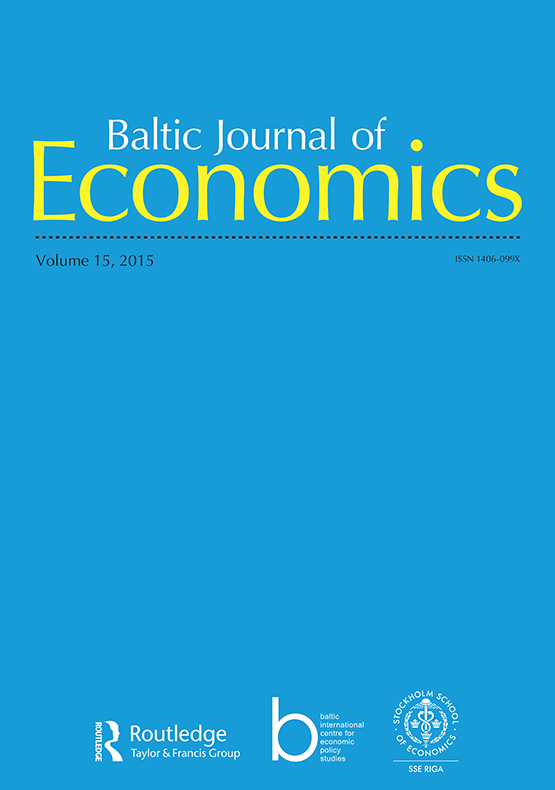Bank credit and money creation in a DSGE model of a small open economy
Bank credit and money creation in a DSGE model of a small open economy
Author(s): Jaunius Karmelavičius, Tomas RamanauskasSubject(s): Supranational / Global Economy, Business Economy / Management, Economic policy, Methodology and research technology, Financial Markets
Published by: BICEPS/SSE Riga
Keywords: Banks; financial intermediation; money creation; credit supply; deposits;
Summary/Abstract: By the act of lending banks do not actually intermediate preaccumulated real resources but rather create new financial resources in the form of deposits. Therefore, bank credit needs to be modelled as a monetary phenomenon, which directly fuels domestic demand and inflationary pressures. So far, there have been just a few attempts to model banks as monetary institutions in the DSGE model. In this paper we propose a simple DSGE model, which nevertheless accommodates banks as genuinely monetary institutions and captures banks’ institutional ability to create money. Our model features a small open economy with nominal prices, savers and borrowers and a banking sector. Following an exogenously induced shock to banker’s willingness to lend, the bank does not have to raise deposit rates or significantly increase borrowing from abroad as deposit dynamics closely resembles that of credit, which allows us to analyse real and nominal consequences of bank credit (and money) creation.
Journal: Baltic Journal of Economics
- Issue Year: 19/2019
- Issue No: 2
- Page Range: 296-333
- Page Count: 38
- Language: English

